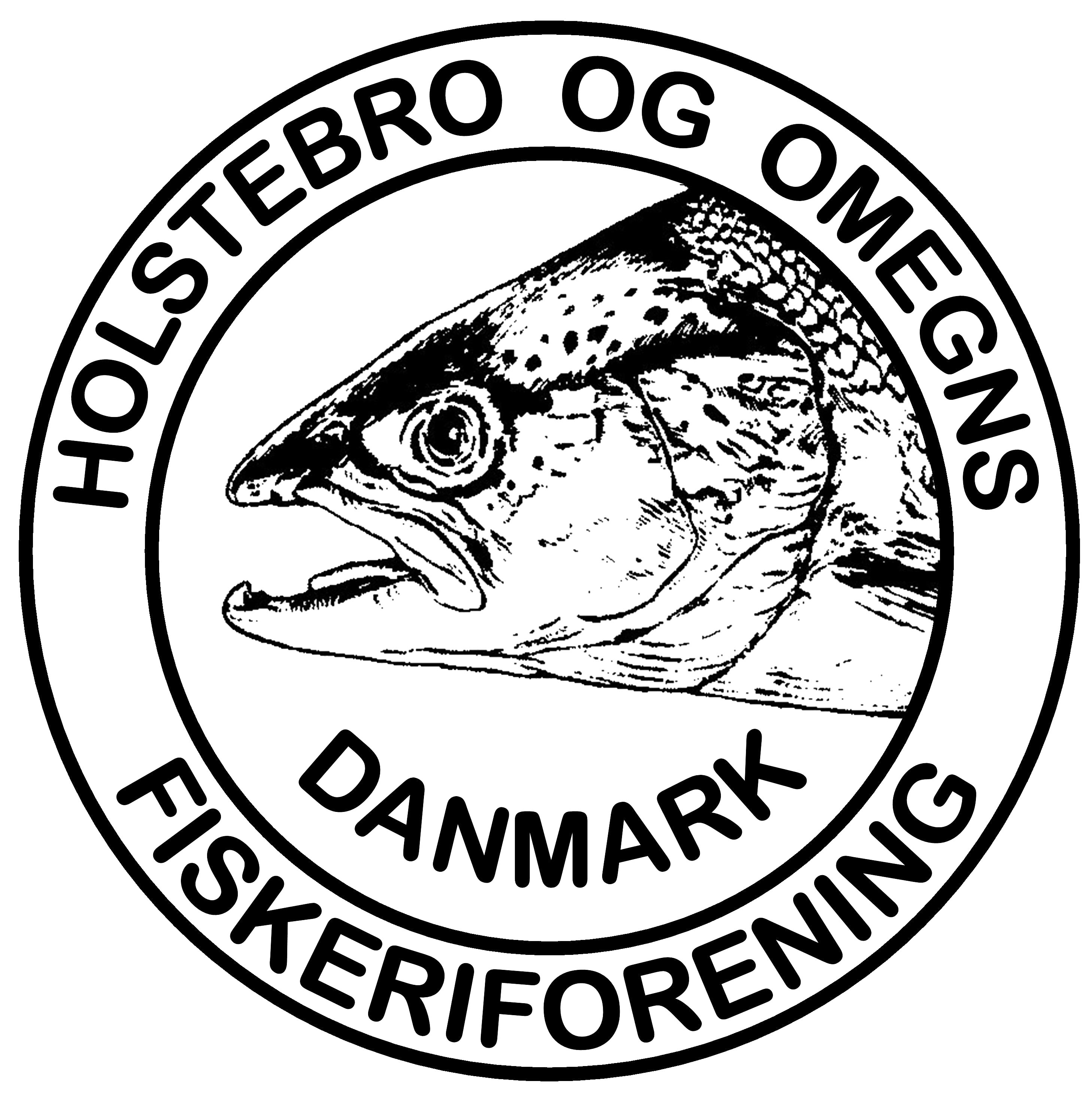I have caught a fish and now what? - How to release salmon
First, You must decide whether the fish may be killed - i.e. taken home - or whether it must be released again.
If the fish is to be taken home, it must be done within the regulations in force at all times.
If the fish is to be released again, there are various conditions that should be taken into account.
DTU Aqua and others have made a number of recommendations covering different situations.
General recommendations on releasing fish can be read (in Danish) here:
https://www.fiskepleje.dk/vandloeb/fiskeriregulering/genudsaette_fisk
Recommendations for stocking salmon and trout:
If you are in the situation where you have chosen to release your catch, either because you have to or because you choose to give the fish a chance to participate in the spawning, you can refer to the following 10 pieces of advice, taken from the leaflet Danish salmon and sea trout, which is published by the Danish Sports Fishermen's Association with support from the Outdoor Sports Council.
- The fish to be released should be caught quickly and handled as gently as possible. A long, gruelling fight gives the fish lactic acid shock and stresses it badly, so that it can die afterwards - even if it was swimming well when you released it.
- Do not use gaff when landing fish that need to be released. If you use a fishing net, it must be fine-mesh and knot-free or with a rubber net bag. The net and frame must be sized for large fish. Do not lift the fish out of the water when it is in the net.
- Unhooking should, where possible, be done in the water and preferably without touching the fish. Cut the line close to the hook if gentle unhooking is not possible.
- Do not weigh fish to be released. And remember that net meshes damage both the fins, scales and mucus layer on the fish.
- If the fish has been dislodged, keep it on the keel with a loose grip on the root of the tail with one hand and under the belly with the other. Turn the fish head towards the current. Do not move the fish back and forth. When the fish can hold itself upright and tries to swim away, you can release it.
- Bright and silvery salmon and sea trout with loose scales are more vulnerable to handling than lightly coloured and coloured fish. Therefore, be extra careful with unhooking and touching if you have to restock shiny salmon and sea trout.
- Lifting the tail must be avoided, as it damages the fish's spine. It can also compress the fish's internal organs, damaging them if the fish is held vertically in the air.
- Always have pliers with you to unhook the fish. It can also be used to clamp the hook barbes down.
- If you indicate measurements on your rod with tape or thread, you can easily measure your fish from head to tail, while keeping it in the water.
- If you must have a photo, it must be taken quickly and where the fish is in contact with the water. Nothing with long photo sessions where the fish is lifted out of the water.
- Correct handling ensures almost 100% survival of the reintroduced salmon and sea trout.
It is important that you follow these guidelines, as they benefit the entire stock. - The leaflet also contains good information about which gear you should use and how to tell the difference between the different fish at different times of the season.
You can also find a table with estimated weight based on the length of the fish.
The leaflet can be downloaded in its entirety here:
If a salmon is to be taken home, the length must be known due to the quota regulations.
If the fish is to be released again, an approximate indication is sufficient.
There is therefore no reason to delay a release in order to get an accurate target.
When the river gets warm
Especially in 2018, the weather was warm for a long period.
This resulted in the river's water also being heated up more than usual.
On this occasion, DTU Aqua published the following recommendations:
http://www.fiskepleje.dk/nyheder/2018/06/genudsaetning-laks?id=81f866d6-f4b4-47f0-993e-ca9748c31656
Release in connection with lake fishing
DTU Aqua has published the following general recommendations in connection with the release of fish caught in lakes.
http://www.fiskepleje.dk/soeer/fiskepleje-i-din-soe/fiskeriregulationer/gode-raad-til-genudsaetning
Finally, DTU Aqua has referred to the Danmarks Sportfiskerforbund's publication Environment and Fisheries, which contains recommendations in connection with the reintroduction of pike.
Find guidance on releasing pike here.

